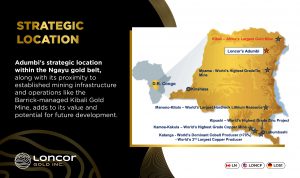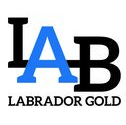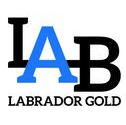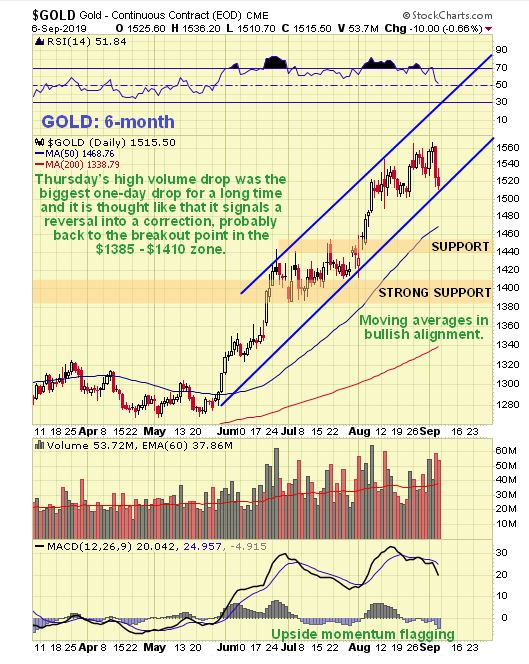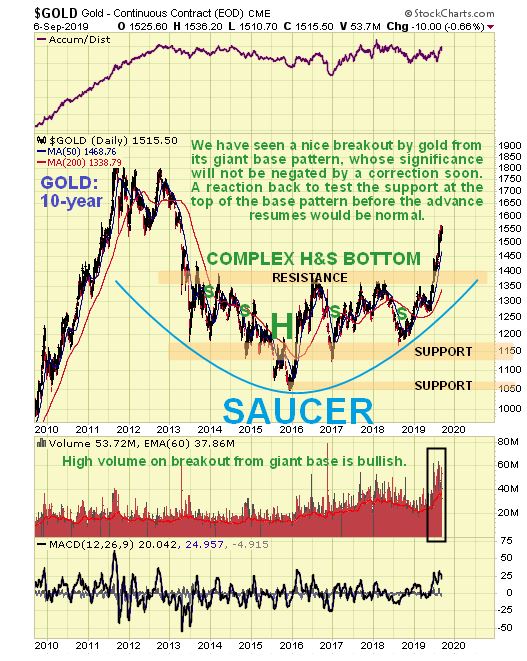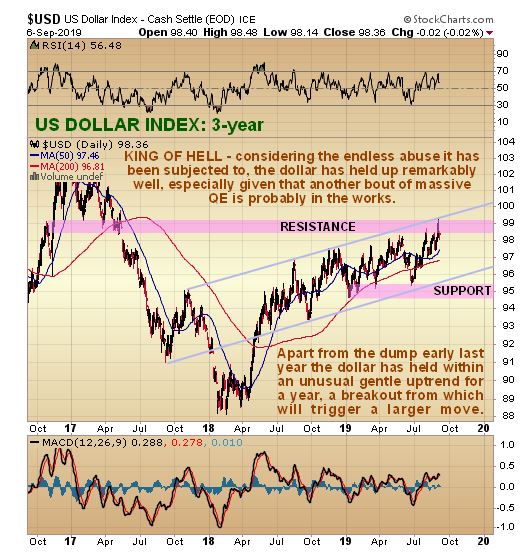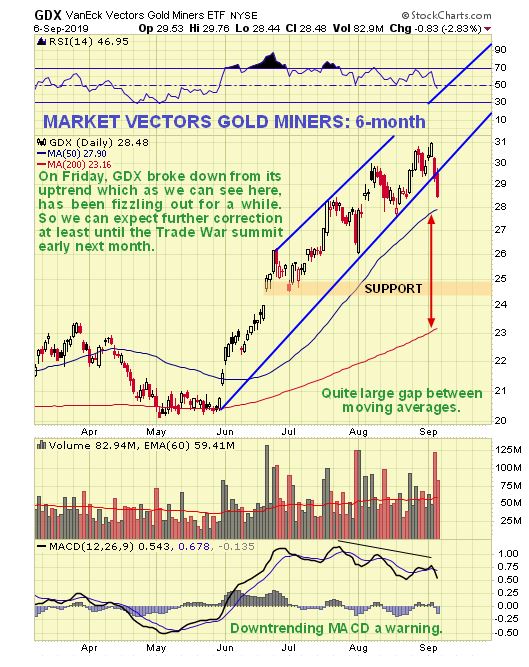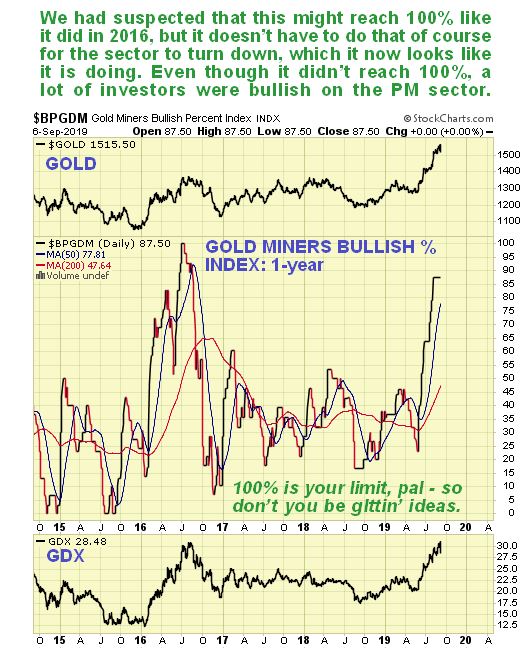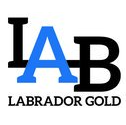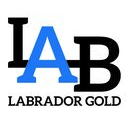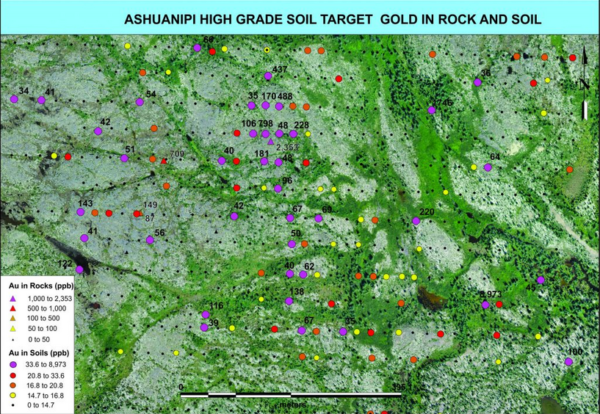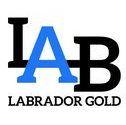
Introduction:
As the gold market charts a bullish course, Loncor Gold emerges as a glimmer of opportunity amidst the industry’s optimistic trajectory. With recent milestones aligning with positive industry trends, Loncor Gold’s strategic direction reflects its readiness to ride the waves of growth.
Industry Outlook and Loncor Gold’s Trajectory:
The recent surge in gold prices signals a buoyant market, fueled by geopolitical tensions, central bank purchases, and shifting investor sentiments. Against this backdrop, Loncor Gold’s strategic positioning in the gold-rich DRC positions the company for significant growth. The surge in gold prices, coupled with Loncor Gold’s substantial presence in the DRC and its flagship Adumbi gold deposit, underscores the company’s potential to capitalize on the current market dynamics.
Voices of Authority:
Industry leaders echo Loncor Gold’s strategic vision, emphasizing the importance of proactive growth strategies, value creation, and seizing opportunities amidst market fluctuations. CEO John Barker’s insights highlight the company’s resilience and foresight, reinforcing its commitment to maximizing shareholder value and expanding its resource base.

Loncor Gold’s FLASH Highlights:
Loncor Gold’s recent achievements, encapsulated in its FLASH milestones, underscore the company’s progress and potential. With approximately 4 million ounces of high-grade gold under its control, Loncor’s Adumbi gold deposit emerges as a world-class asset. The company has $12 million in cash and short-term receivables which is due to a recent sale of a non-core property and that cash will be put to work on the company’s Adumbi open pit gold deposit.
It’s the second largest gold deposit in the DRC, about 1.9 million ounces of gold indicated & about 2.1 million ounces of gold inferred equating to USD $1.3 billion after tax valuation at a price of $2,000/oz gold.
The resource is still growing and a mining permit has already been granted for the development of Adumbi. The company’s strategic initiatives, including plans to expand the Adumbi deposit and capitalize on favourable market conditions, position it as a key player in the global gold market.
Real-world Relevance:
Loncor Gold’s contributions to the industry translate into tangible impacts, akin to the emergence of gold as a safe-haven asset amidst geopolitical uncertainties. The company’s strategic growth initiatives mirror the cyclical nature of the gold market, offering investors an opportunity to capitalize on the enduring allure of gold.
Looking Ahead with Loncor Gold:
As the gold market continues its upward trajectory, Loncor Gold remains poised for further growth and value creation. With a focus on expanding its resource base, maximizing shareholder value, and leveraging favourable market conditions, Loncor Gold invites investors to join its journey toward success in the dynamic gold industry.
Conclusion:
In conclusion, Loncor Gold’s alignment with the bullish trends in the gold market positions the company for a promising future. As industry optimism prevails, Loncor Gold stands out as a compelling investment opportunity, offering investors a chance to participate in the ongoing growth story of the gold sector.

YOUR NEXT $LN STEPS
$LN HUB On AGORACOM: https://agoracom.com/ir/LoncorGold
$LN 5 Minute Research Profile On AGORACOM: https://agoracom.com/ir/LoncorGold/profile
$LN Official Verified Discussion Forum On AGORACOM: https://agoracom.com/ir/LoncorGold/forums/discussion
DISCLAIMER AND DISCLOSURE
This record is published on behalf of the featured company or companies mentioned (Collectively “Clients”), which are paid clients of Agora Internet Relations Corp or AGORACOM Investor Relations Corp. (Collectively “AGORACOM”)
AGORACOM.com is a platform. AGORACOM is an online marketing agency that is compensated by public companies to provide online marketing, branding and awareness through Advertising in the form of content on AGORACOM.com, its related websites (smallcapepicenter.com; smallcappodcast.com; smallcapagora.com) and all of their social media sites (Collectively “AGORACOM Network”) . As such please assume any of the companies mentioned above have paid for the creation, publication and dissemination of this article / post.
You understand that AGORACOM receives either monetary or securities compensation for our services, including creating, publishing and distributing content on behalf of Clients, which includes but is not limited to articles, press releases, videos, interview transcripts, industry bulletins, reports, GIFs, JPEGs, (Collectively “Records”) and other records by or on behalf of clients. Although AGORACOM compensation is not tied to the sale or appreciation of any securities, we stand to benefit from any volume or stock appreciation of our Clients. In exchange for publishing services rendered by AGORACOM on behalf of Clients, AGORACOM receives annual cash and/or securities compensation of typically up to $125,000.
Facts relied upon by AGORACOM are generally provided by clients or gathered by AGORACOM from other public sources including press releases, SEDAR and/or EDGAR filings, website, powerpoint presentations. These facts may be in error and if so, Records created by AGORACOM may be materially different. In our video interviews or video content, opinions are those of our guests or interviewees and do not necessarily reflect the opinion of AGORACOM.
From time to time, reference may be made in our marketing materials to prior Records we have published. These references may be selective, may reference only a portion of an article or recommendation, and are likely not to be current. As markets change continuously, previously published information and data may not be current and should not be relied upon.
NO INVESTMENT ADVICE
This record, and any record we publish by or on behalf of our clients, should not be construed as an offer or solicitation to buy or sell products or securities.
You understand and agree that no content in this record or published by AGORACOM constitutes a recommendation that any particular security, portfolio of securities, transaction, or investment strategy is suitable or advisable for any specific person and that no such content is tailored to any specific person’s needs. We will never advise you personally concerning the nature, potential, advisability, value or suitability of any particular security, portfolio of securities, transaction, investment strategy, or other matter.
Neither the writer of this record nor AGORACOM is an investment advisor. Both are neither licensed to provide nor are making any buy or sell recommendations. For more information about this or any other company, please review their public documents to conduct your own due diligence.
If you have any questions, please direct them to [email protected]
For our full website disclaimer, please visit https://agoracom.com/terms-and-conditions






